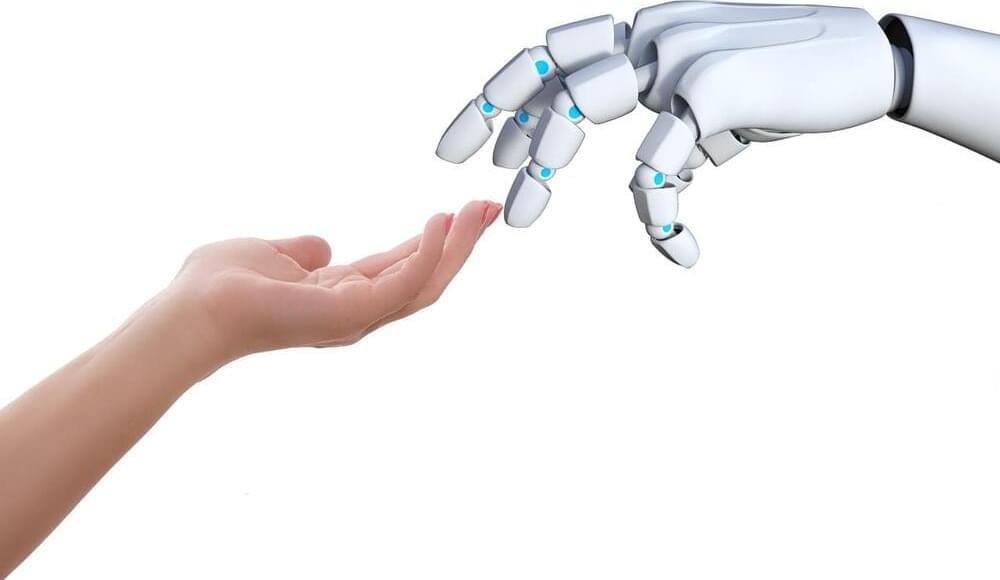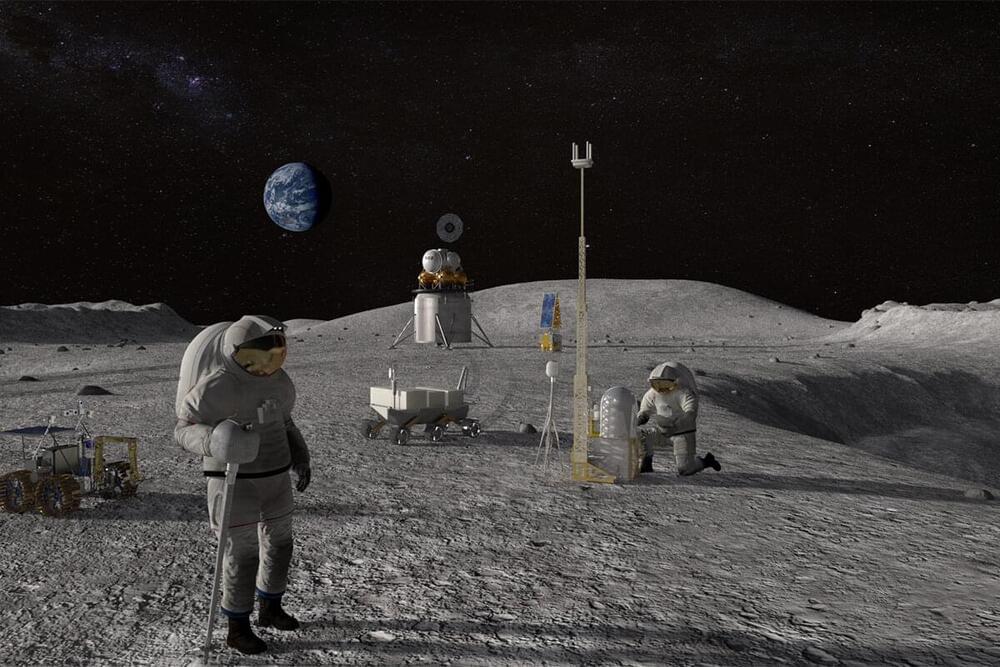The deluge of sensors and data generating devices has driven a paradigm shift in modern computing from arithmetic-logic centric to data-centric processing. Data-centric processing require innovations at the device level to enable novel compute-in-memory (CIM) operations. A key challenge in the construction of CIM architectures is the conflicting trade-off between the performance and their flexibility for various essential data operations. Here, we present a transistor-free CIM architecture that permits storage, search, and neural network operations on sub-50 nm thick Aluminum Scandium Nitride ferroelectric diodes (FeDs). Our circuit designs and devices can be directly integrated on top of Silicon microprocessors in a scalable process. By leveraging the field-programmability, nonvolatility, and nonlinearity of FeDs, search operations are demonstrated with a cell footprint 0.12 μm2 when p.
This post is also available in:  עברית (Hebrew)
עברית (Hebrew)
How soon will we be seeing robots walking about the street? How soon will robots join medical staff in hospitals and aid real people in life or death situations? How soon will robots replace health staff? The World Health Organization (WHO) estimates that we will see a global shortfall of 12 million health workers by 2025.
From lifting patients and delivering lab samples, to cleaning and providing companionship, care robots can help with a range of tasks across a hospital or care setting. With nurses spending up to a third of their shift on menial tasks such as collecting equipment, the expectation is that care robots will be able to take ownership of these more mundane jobs, letting health staff focus on more important tasks.
Imaging deep tissues with light is challenging. Visible light is often quickly absorbed and scattered by structures and molecules in the body, preventing researchers from seeing deeper than a millimeter within a tissue. If they do manage to probe further, substances like collagen or melanin often muddy the image, creating the equivalent of background noise through their natural fluorescence. As the authors explained, “Biological tissues have strong optical attenuation in the visible wavelength range (350–700 nm), due to the absorption of hemoglobin and melanin, as well as the tissue scattering, which fundamentally limits the imaging depth of high-resolution optical technologies.”
To wade out from these muddied waters, Yao and collaborator Vladislav Verkhusha, PhD, professor of genetics at Albert Einstein College of Medicine, developed a protein that absorbs and emits longer wavelengths of light in the near-infrared (NIR) spectrum. “Tissue is the most transparent in the 700‑1300 nm window of NIR light,” said Yao. “At those wavelengths, light can penetrate deeper into a tissue, and because there is less natural background fluorescence to filter out, we can take longer exposures and capture clearer images.”
Verkhusha and his lab used a process called directed molecular evolution to engineer their proteins, using photoreceptors normally found in bacteria as the basis for the structure. “The state-of-the-art NIR FPs were engineered from bacterial phytochrome photoreceptors (BphPs),” the team noted. “Applying rational design, we developed 17 kDa cyanobacteriochrome-based near-infrared (NIR-I) fluorescent protein, miRFP718nano.”
A new study suggests that the DASH diet may help reduce cardiovascular risk by over 10%. Women and Black adults may reap the highest benefits.
NGA is looking to both upgrade its software-based terrestrial data models and transition them to a cloud environment.
Establishing a moon base will be critical for the U.S. in the new space race and building safe and cost-effective landing pads for spacecraft to touch down there will be key.
These pads will have to stop lunar dust and particles from sandblasting everything around them at more than 10,000 miles per hour as a rocket takes off or lands since there is no air to slow the rocket plume down.
However, how to build these landing pads is not so clear, as hauling materials and heavy equipment more than 230,000 miles into space quickly becomes cost prohibitive.
A recent study shows that consuming high levels of sodium is associated with cognitive decline. On the flip side, the findings suggest that diets high in potassium are associated with higher levels of cognitive function.
Everyone knows someone who has had cancer. In 2020, around 19 million new cases—and around 10 million deaths—were registered worldwide. Treatments are improving all the time, but can damage healthy cells or have severe side effects that are hard on patients. In the search for new, more targeted cancer drugs, traditional medicine offers many possible candidates.
A team of Polish scientists led by Magdalena Winkiel at Adam Mickiewicz University, publishing today in Frontiers in Pharmacology, has reviewed the bioactive compounds called glycoalkaloids, found in vegetables like potatoes and tomatoes, to demonstrate their potential to treat cancer.
“Scientists around the world are still searching for the drugs which will be lethal to cancer cells but at the same time safe for healthy cells,” said Winkiel.
The system, with Level 4 autonomy, is in use at Stuttgart Airport for Mercedes cars and marks the start of a rollout of hundreds of systems in Germany.
The driverless parking system allows users to drop their Mercedes S-Class or EQS electric car at a drop off point after notifying an app. The system then checks that the route to a specific parking spot is clear and drives the vehicle autonomously to the correct location, wherever that might be in the parking garage.









